Yellowstone National Park holds a unique place in history, not just as the world's first national park established in 1872, but also for its staggering geographical superlatives. With over 2 million acres to explore, it's the largest national park in the Lower 48 states. Its towering peaks reach for the sky, with Eagle Peak holding the crown at a formidable 11,358 feet, while even the lowest point sits at a remarkable 5,282 feet above sea level.
Yellowstone's geothermal wonders are unparalleled. The entire park rests atop a supervolcano, with the Yellowstone Caldera under Yellowstone Lake being the largest in North America. This volcanic activity fuels over 10,000 geothermal features, including roughly 300 geysers, making it one of the most active and studied geothermal hotspots on Earth.
Yellowstone's diverse ecosystem is another record-breaker. It boasts the largest nearly intact temperate-zone ecosystem in the Northern Hemisphere, offering a haven for a wide range of wildlife. From iconic gray wolves and grizzly bears to majestic elk and bison, the park provides critical habitat for over 600 species of mammals, birds, fish, and reptiles.
And the records don't stop there. Yellowstone is home to Old Faithful, the most famous geyser in the world, and Steamboat Geyser, the largest active geyser on the planet. An astonishing 50% of the world's geothermal features and over two-thirds of its geysers reside within Yellowstone's boundaries.
Human history in Yellowstone stretches back an impressive 11,000 years. Evidence of 21 American Indian tribes has been discovered, with numerous archaeological sites preserving their connection to this land.
Yellowstone National Park remains a popular destination, welcoming over 2 million visitors annually. This crown jewel of the National Park system offers an unforgettable experience for anyone seeking to explore a landscape sculpted by geological forces and teeming with life.



 3582 reviews
3582 reviews

 1765 reviews
1765 reviews
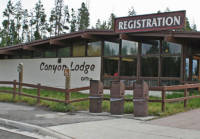

 1307 reviews
1307 reviews
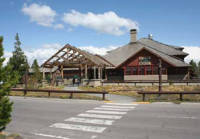
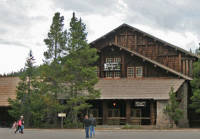


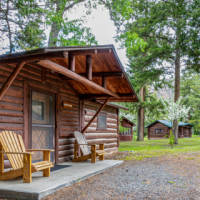
 127 reviews
127 reviews
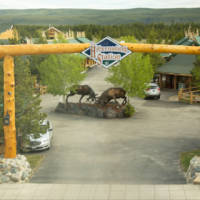
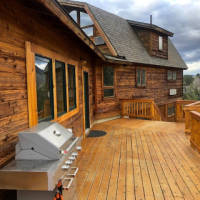
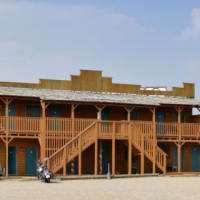
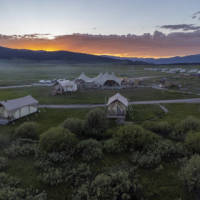
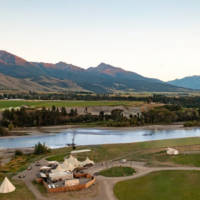




 86 reviews
86 reviews




















